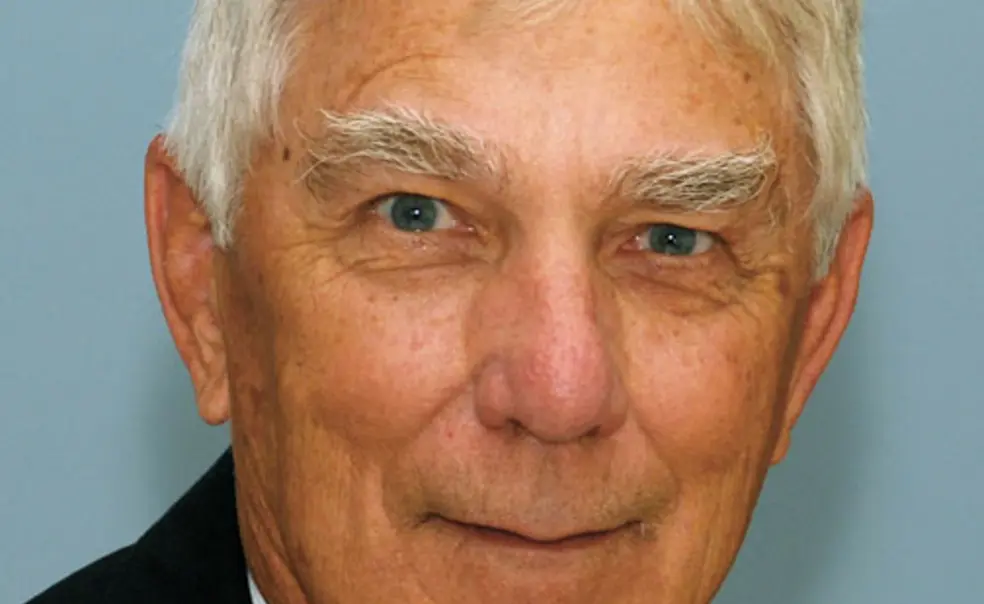Alumni Profile: Brooks Poley '55, finding a treatment for glaucoma
Brooks Poley ’55 had been retired for 11 years — and had started reminiscing about his career as an ophthalmologist — when a revolutionary idea for how to treat glaucoma hit him.
Poley, who worked in private practice for 30 years in Minneapolis, had treated thousands of patients with glaucoma, a disease involving abnormally high pressure in the eye that affects older people and, left untreated, can cause blindness. Poley also had treated thousands of people with cataracts, another severe eye disease. Although about 3 percent of older adults usually get glaucoma, Poley says, “I realized that, of all the patients I did cataract operations on, I could not remember anyone who [later] developed glaucoma.” As Poley was mulling this over in 2005, “Eureka” struck: The treatment for cataracts could be preventing the onset of glaucoma.
Doctors have long understood that glaucoma results from the buildup of fluid in the eye. Over time, ducts used to drain the fluid can get compressed. But researchers hadn’t fully understood what causes the compression. Poley thought about the fact that the treatment for cataracts involves replacing the natural lens with an artificial one and hypothesized that the natural lens was the culprit. People’s eyes stop growing in their 20s. The lens, however, keeps getting bigger. By poring over anatomical drawings of the eye, Poley constructed a theory of how the enlarging lens could precipitate the compression.
Subsequent MRI studies performed by a professor at Robert Wood Johnson Medical School in New Brunswick, N.J., confirmed his hypothesis. And in a retrospective study of 700 cataract patients in 2006, Poley and a colleague, Richard Lindstrom, found that high pressure in the eye returns to normal after a lens replacement. Their findings have been published in the Journal of Cataract and Refractive Surgery and as a chapter in the book Cataract Surgery in the Glaucoma Patient (Springer).
Over the last three years, Poley has been presenting his findings at ophthalmology conferences, and some doctors have started using the lens-replacement procedure on glaucoma patients when the usual treatments — drops and surgery to reduce pressure — prove inadequate. The development is exciting to Poley, who plans to start seeing patients again part time. As with any new discovery, researchers will have to conduct extensive studies before this approach becomes part of the canon. But Poley is optimistic. “Twenty years from now,” he predicts, “people won’t be getting glaucoma anymore.”
E.B. Boyd '89 is a freelance writer in San Francisco.












No responses yet